No matter how experienced or for how long any professional or hobby baker has been baking wedding cakes, the transporting of a decadent and intricately designed and carefully made wedding cake will always be nerve-wrecking. I’d be lying if I said even after more than a decade of wedding cake making we didn’t get nervous about sending our precious multi-tiered cake-cargo off on its way to its wedding venue – we do, and it’s because we only want our wedding cakes to reach their destinations in pristine condition for our brides and grooms to enjoy!
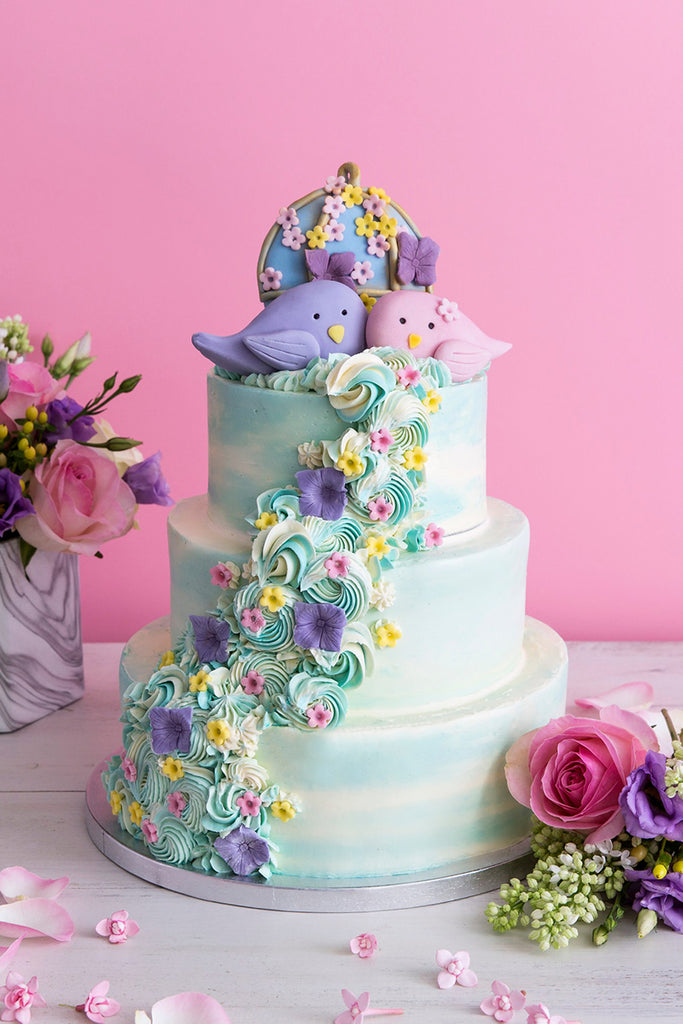
While I may never be completely nerve-free, what I have learnt is how to minimise risk in the crucial part of the wedding cake making service, which is delivery. I say minimise, purely because there is ALWAYS an element of risk. You cannot control factors out of your hands such as accidents and emergencies or third party handling, but you can certainly mitigate everything else that could go wrong.
Wedding Cake Delivery Cheat Sheet
ASSEMBLY:
- Stack at Venue if cake is fragile or over 10kg
- Deliver Pre-Assembled for sturdy, smaller cakes
PACKAGING:
- Each Tier Boxed Separately for heavy cakes
- Tall Box Extensions & Cling Film for assembled cakes
- Flat, Non-Slip Base in the delivery vehicle
DELIVERY VEHICLE:
- Place Cake on a Flat Surface (not the car seat!)
- Fill Void Spaces around the box to prevent shifting
- Use A/C in Hot Weather & avoid direct sunlight
COMMUNICATION:
- Confirm Venue Details & Contact Person
- Check Road & Parking Conditions
- Provide ETA & Setup Assistance Request
Here are the things to consider in ensuring all has been taken care of in terms of delivery and transport of the cake from production or collection site to its final destination:
Ready-Assembled vs Assembly-on-site
Assembly-on-site
Highly decorative, and extremely heavy and fragile tiered cakes should ideally be delivered in parts to be assembled on-site. Extremely heavy AND fragile cakes are doubly hard to lift and manoeuvre by one or even two people. There are hazards in lifting and loading into the car and out, let alone navigate through numerous doors and gates to the actual cake table at the venue. It could also potentially lead to injuries of your lower back or ankles which could put you out of work for some time and hinder your activities (if you have back-to-back wedding cake orders…you risk letting your other customers down!).
I would consider delivering any cake that is above 10kg in parts, where each tier is packaged in its individual box, and assembling on site where the tiers can be stacked and finishing touches added. Make sure to pack all the finishing touch elements, as well as have a tool-kit ready including piping bags fitted with tips, palette knives, paintbrushes and ingredients such as royal icing, edible glue, sprinkles, or buttercream.
Ready-Assembled
Lighter, sturdier or smaller cakes can be easily delivered ready-assembled. By easily I don’t mean you have the free reigns to do whatever you please with it, OBVIOUSLY you have to be mega careful, but you do have the option to deliver it ready assembled without having to plan assembly on-site.
Stacked and dowelled buttercream cakes can be frozen overnight so that they are more resilient in their travels and thaw en-route. However, fondant covered cakes are trickier to store as the fondant would absorb moisture and soften or discolour. For that, check this guide.
Packaging
As mentioned above, if you’re delivering an extremely heavy or highly decorative cake then it is best to package each tier separately in its own box. Otherwise taller ready-assembled cakes can be packaged in tall/deep cake boxes and box extensions can also be used to add height and support for the lid. You could also double up on deep box bases for the lid. You will need tape to secure the extenders and lids.
Make sure to cover any gaps left by extenders either with board extenders or cling film.
There is some debate around rigid box versus standard cake boxes. While a rigid box can certainly help against some minor bumps, in my opinion, it offers limited extra protection and a false sense of security eg: when handing over a cake, the recipient might assume the box is strong enough to withstand any shocks, which is far from true. If there is a road incident and the driver has to make a sharp break, no cake could withstand that, whether it is in a standard box, rigid box, or a titanium container for that matter.
Packaging Tips
| Cake Type | Best Packaging |
|---|---|
| 1-2 tier (light) | Tall cake box with board extenders |
| 3+ tier (heavy) | Each tier boxed separately |
| Buttercream cake | Chill overnight for stability |
| Fondant cake | Avoid refrigeration (prevents sweating) |
The Cake Delivery Vehicle
Whichever vehicle you choose to deliver in, the cake is best placed on a flat surface with void gaps filled around it and free of any free-moving items that can roll towards the cake. I’ve heard of too many sob stories from cake makers about their customers chucking the cake onto the back seat and finding a smashed up mess on arrival. Always, ALWAYS, on a flat level surface.
If it’s a hot summer’s day, whack on the air conditioner and try to aim for an early start to avoid being in transit during the hottest time of day and be so very wary of leaving the car in direct sunlight during any service station stops or the likes.
And I hope it goes without saying, but DRIVE CAREFULLY - sharp turns and hard breaks or not slowing down for speed bumps and potholes could really cause some damage.
Communication
This is possibly one of the MOST important aspects of delivering a wedding cake. I’m not joking, but I’ve heard of cake makers who have gone through all the hard work of designing and creating a bespoke wedding cake with a couple only to be in an absolute panic on the day as they did not have the full correct details of delivery and were unable to get in touch with the bride and groom on the day (duh!).
Here is the list of the basic details you should have prepared in advance:
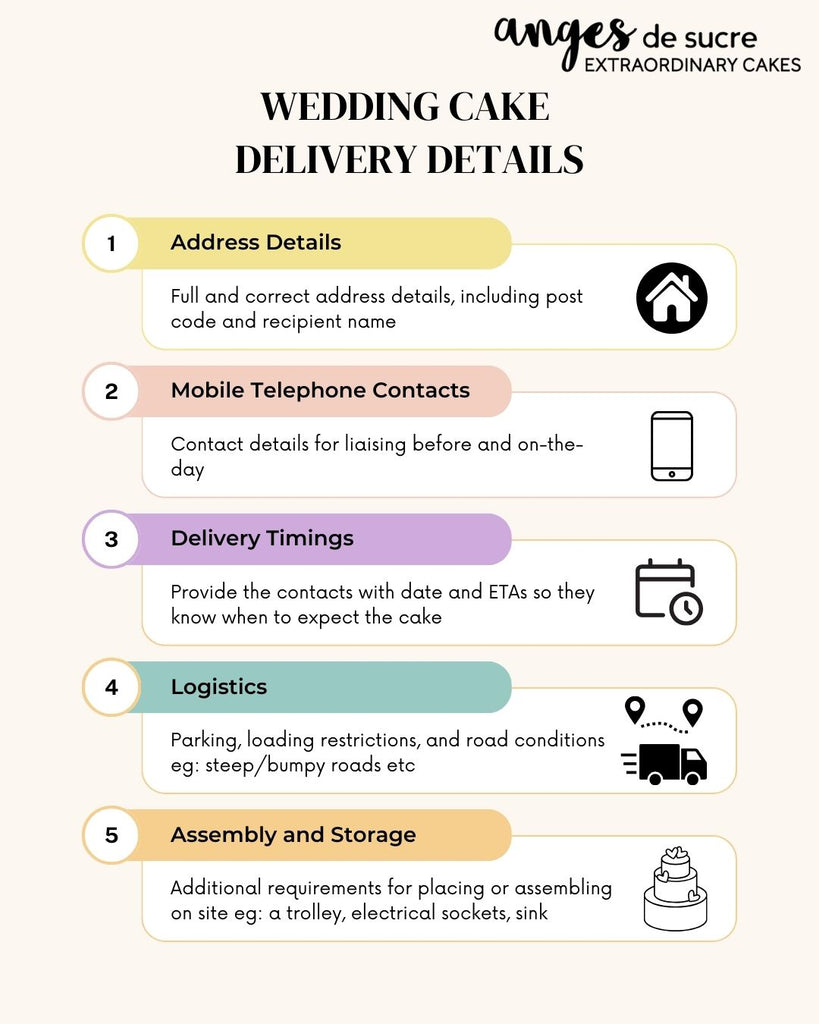
- The full and correct delivery address – to double check, enter the address in google and see if it checks out in the maps and Google earth view and if there is a website for the venue for more details.
- Contact details for people who can help with any queries beforehand eg: bride, groom, wedding planner, venue manager, as well as on-the-day contact. You'll be liaising with the bride and groom prior to the wedding but on the day they'll probably be too busy. Hence, get the details of the person you'll need to contact on the day before-hand.
- Delivery Time and Date - it sounds silly...of COURSE the couple know the DATE of their wedding, but there have been occasions where this has been miscommunicated and you can only imagine the disastrous consequences. DOUBLE CHECK THE DATE. Providing the wedding party with an ETA for the cake helps them with planning their day and also making sure they have arranged for the cake to be received.
- Logistics – instructions on parking, loading restrictions, and road conditions eg: steep/bumpy roads etc. If you are delivering to a venue, ask your local business networks for any "insider" knowledge. The amount of advice I've had from local business and wedding supplier friends has been invaluable.
- Assembly and storage - clarify any assistance you might require with placing or assembling the cake when on site such as time, a trolley or availability of electrical sockets and a sink.

After having read this, you’ll notice that none of this is ground-breaking. It’s just common sense, that sometimes isn’t as common as you’d think!
Your Turn to Nail Wedding Cake Transport!
Pro Tip: Always pack a repair kit with extra buttercream, piping bags, and a small spatula - just in case!
SHOW US YOUR CAKE WINS & FAILS!
Have you ever had a wedding cake disaster (or a transport miracle)? Share your best (or worst) cake delivery story in the comments!
Keep calm and cake on!
Lots of love,
Reshmi xoxo






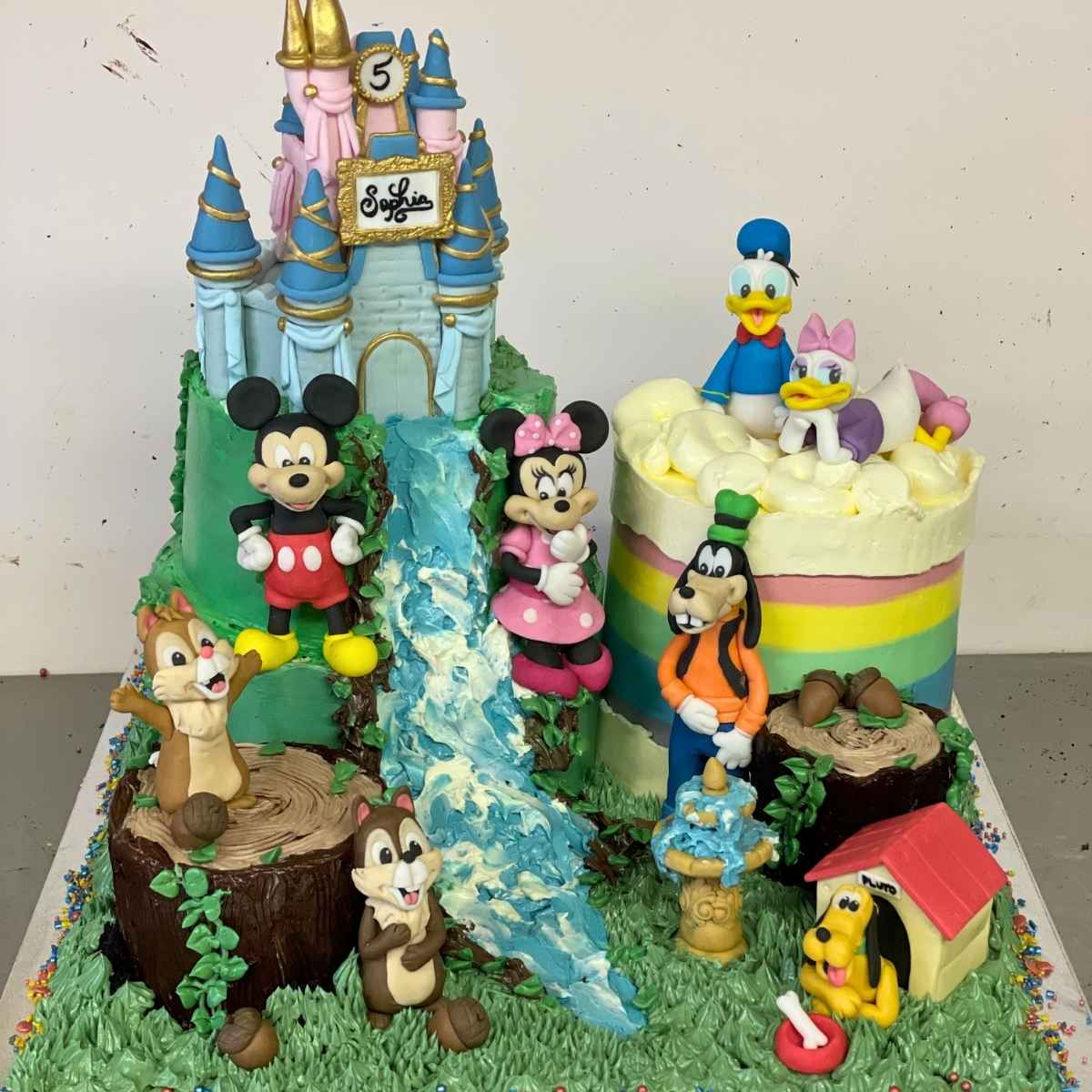
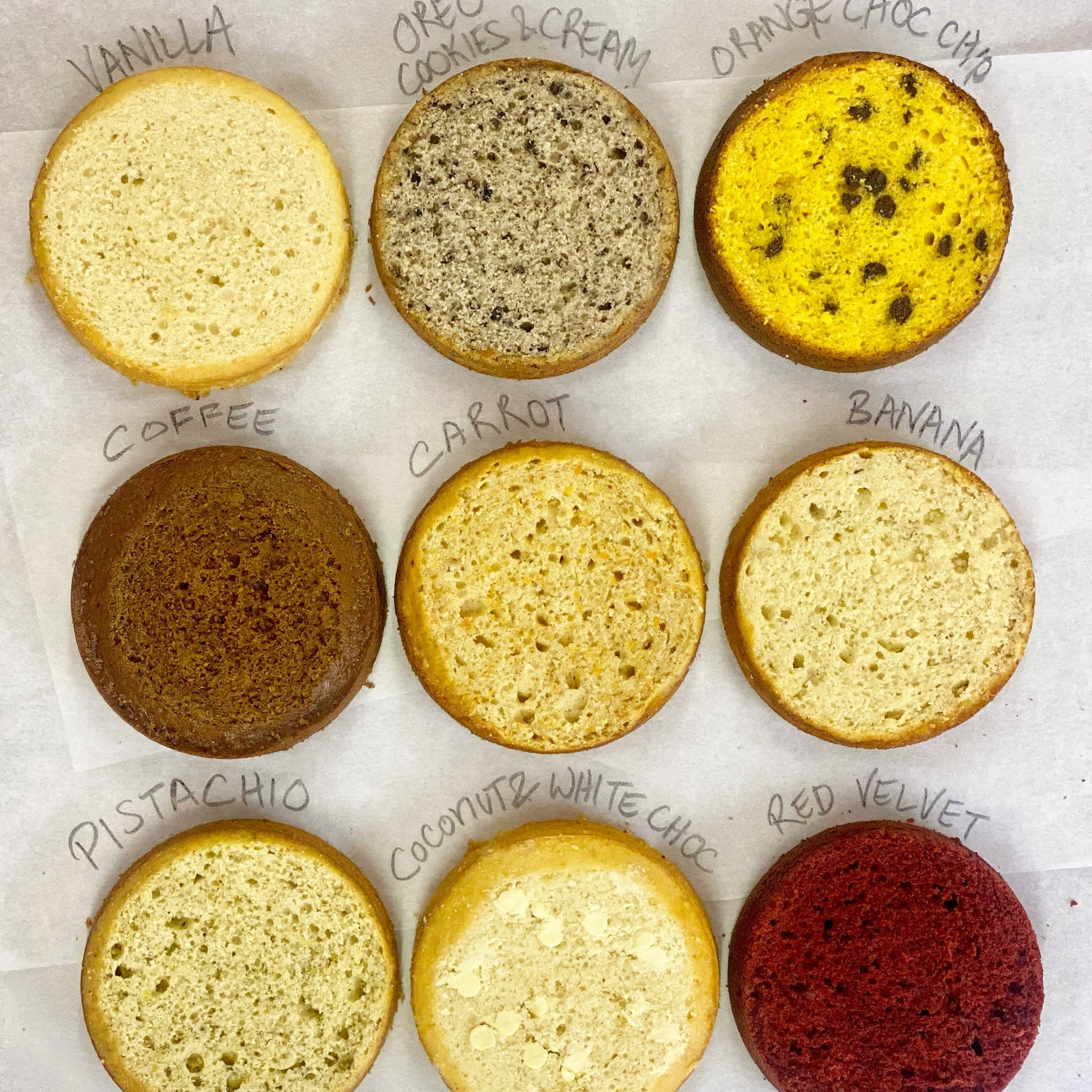
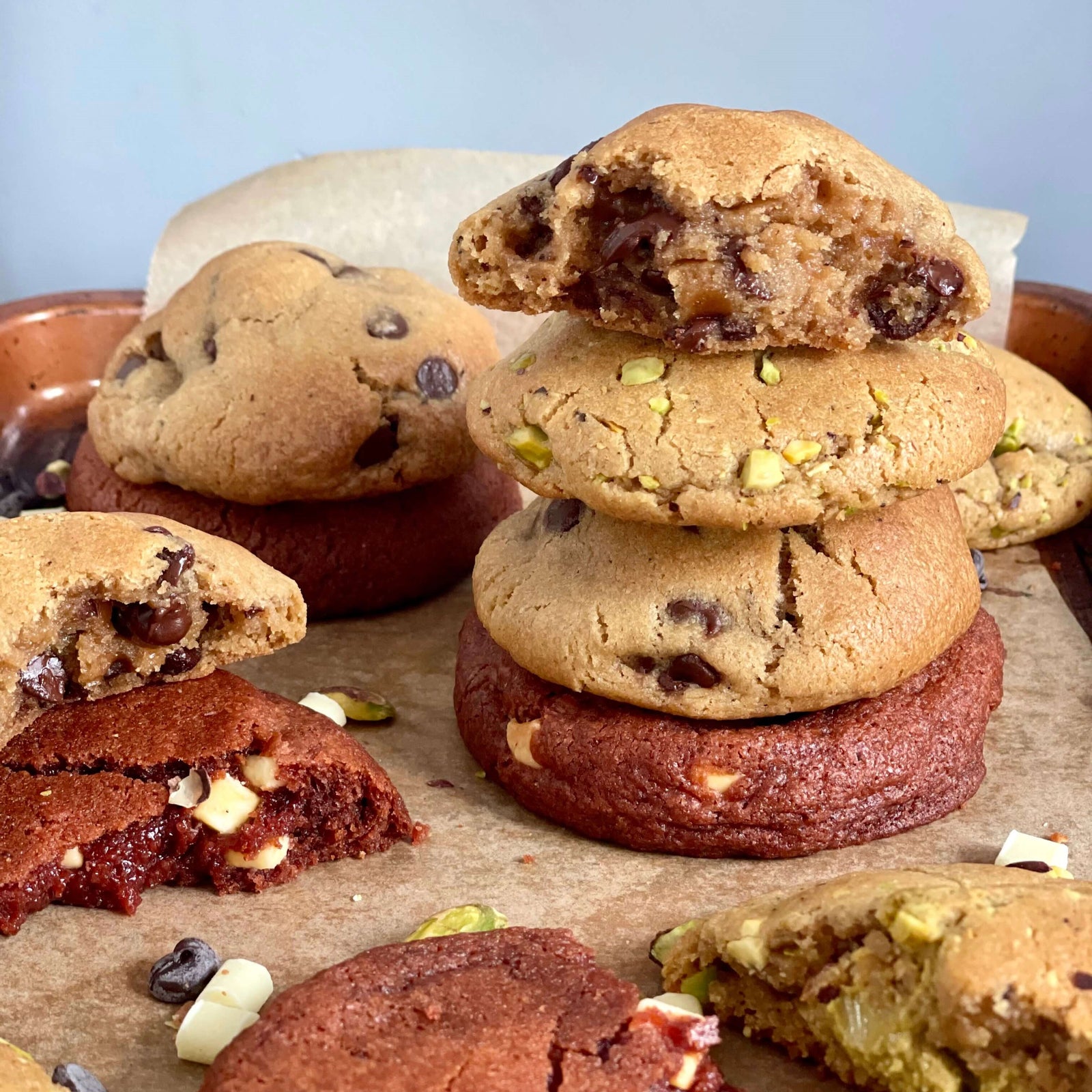
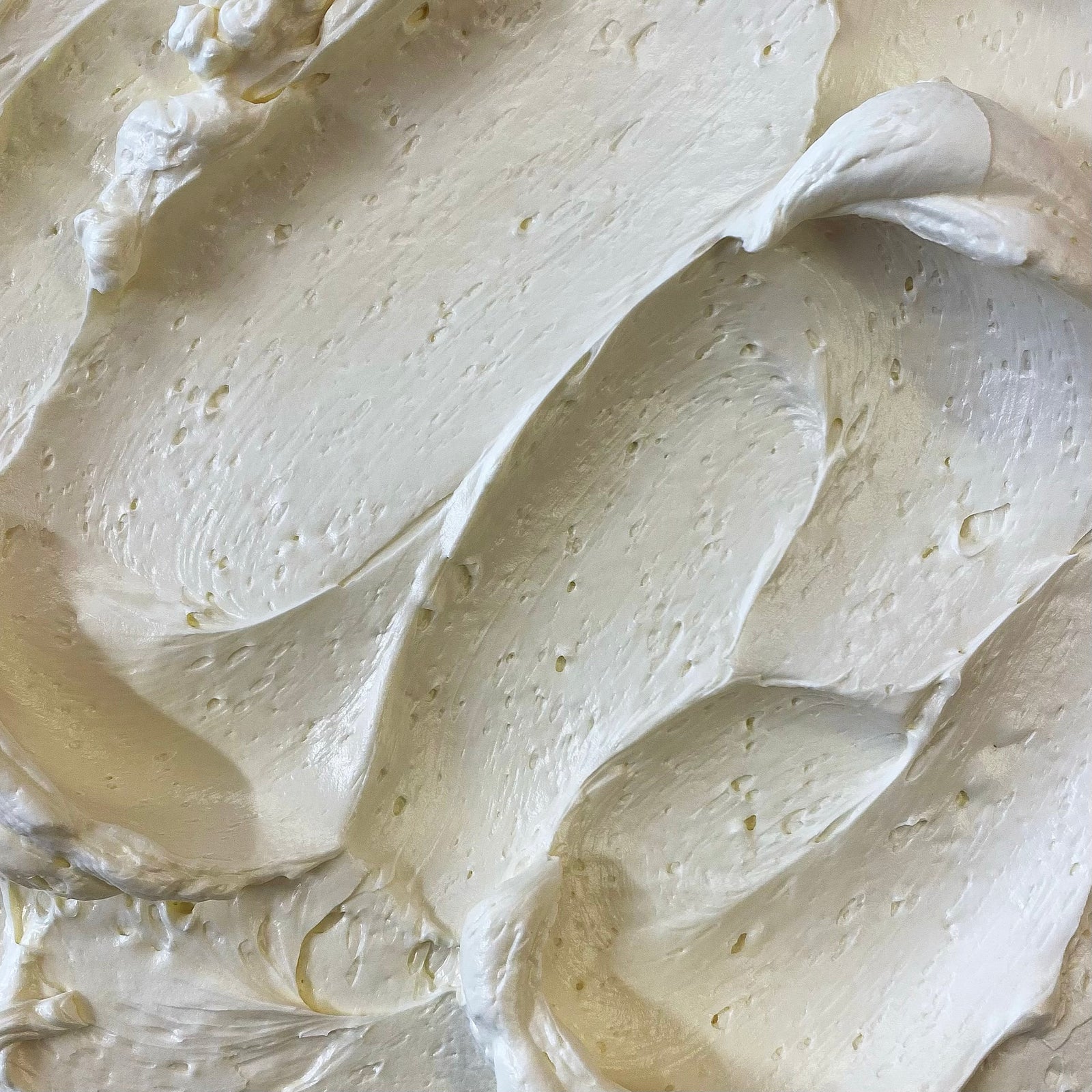
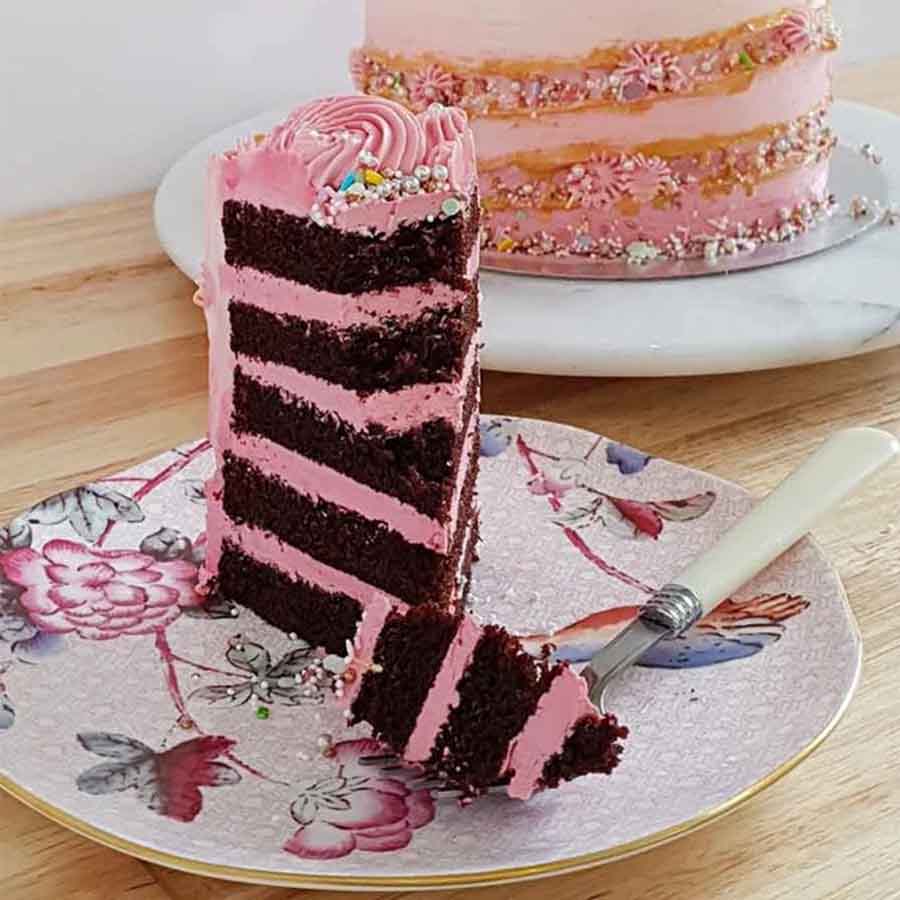
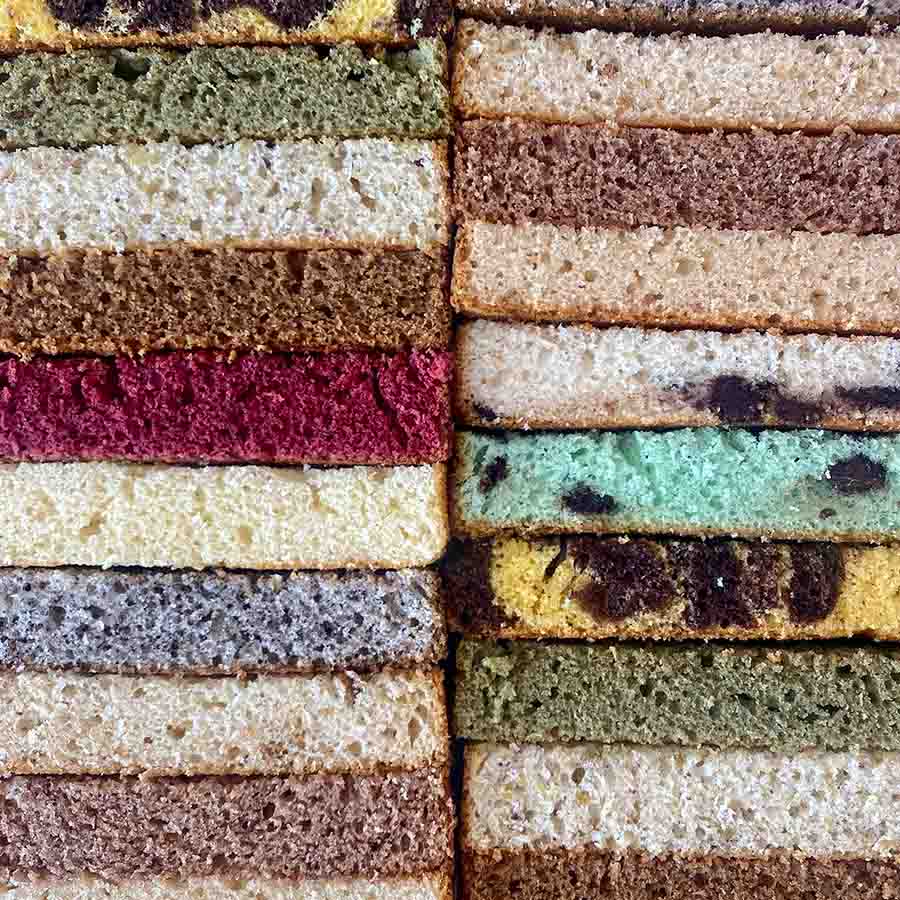
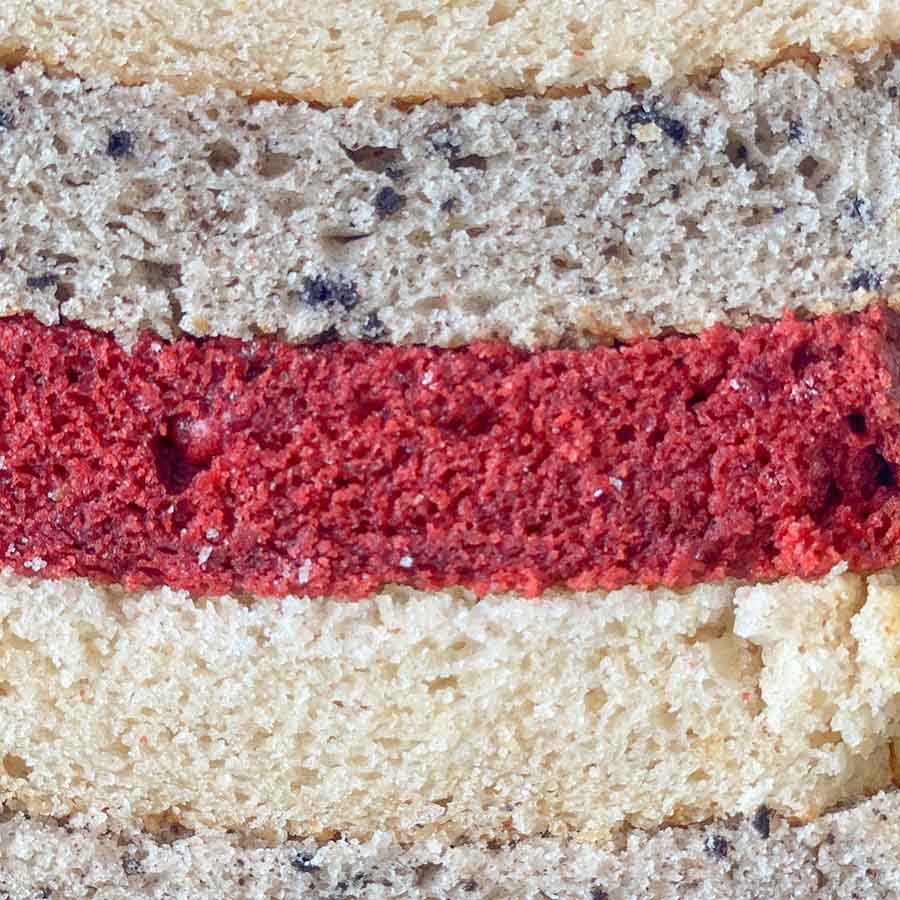
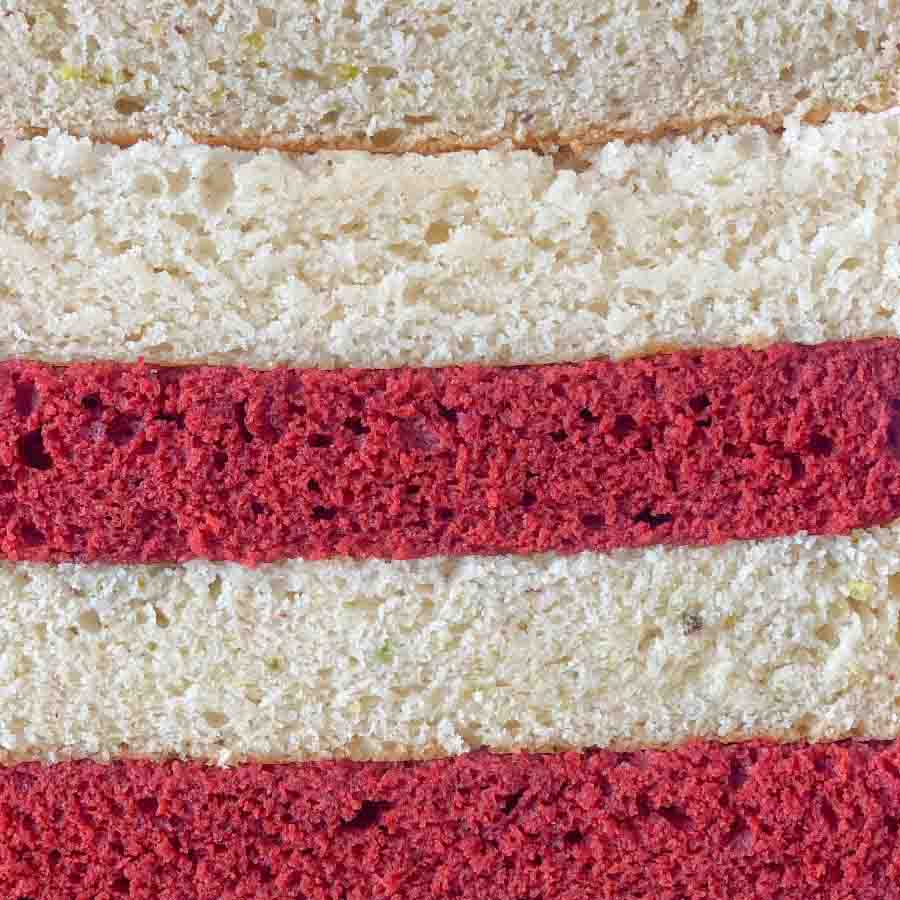
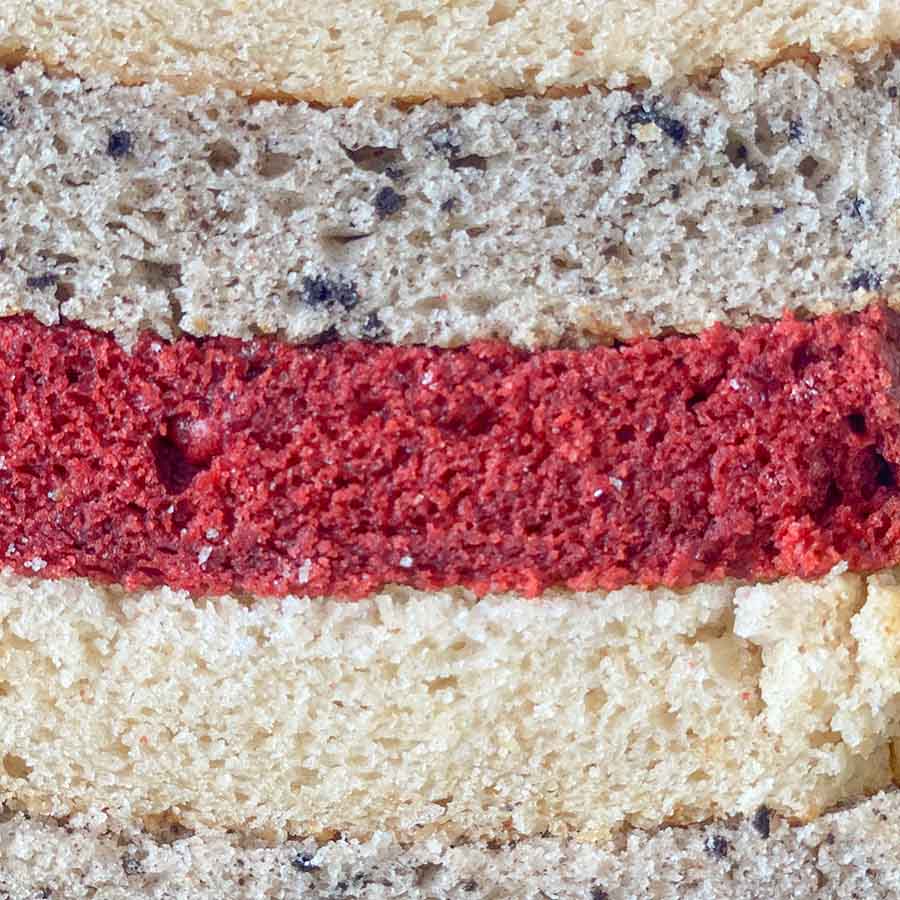
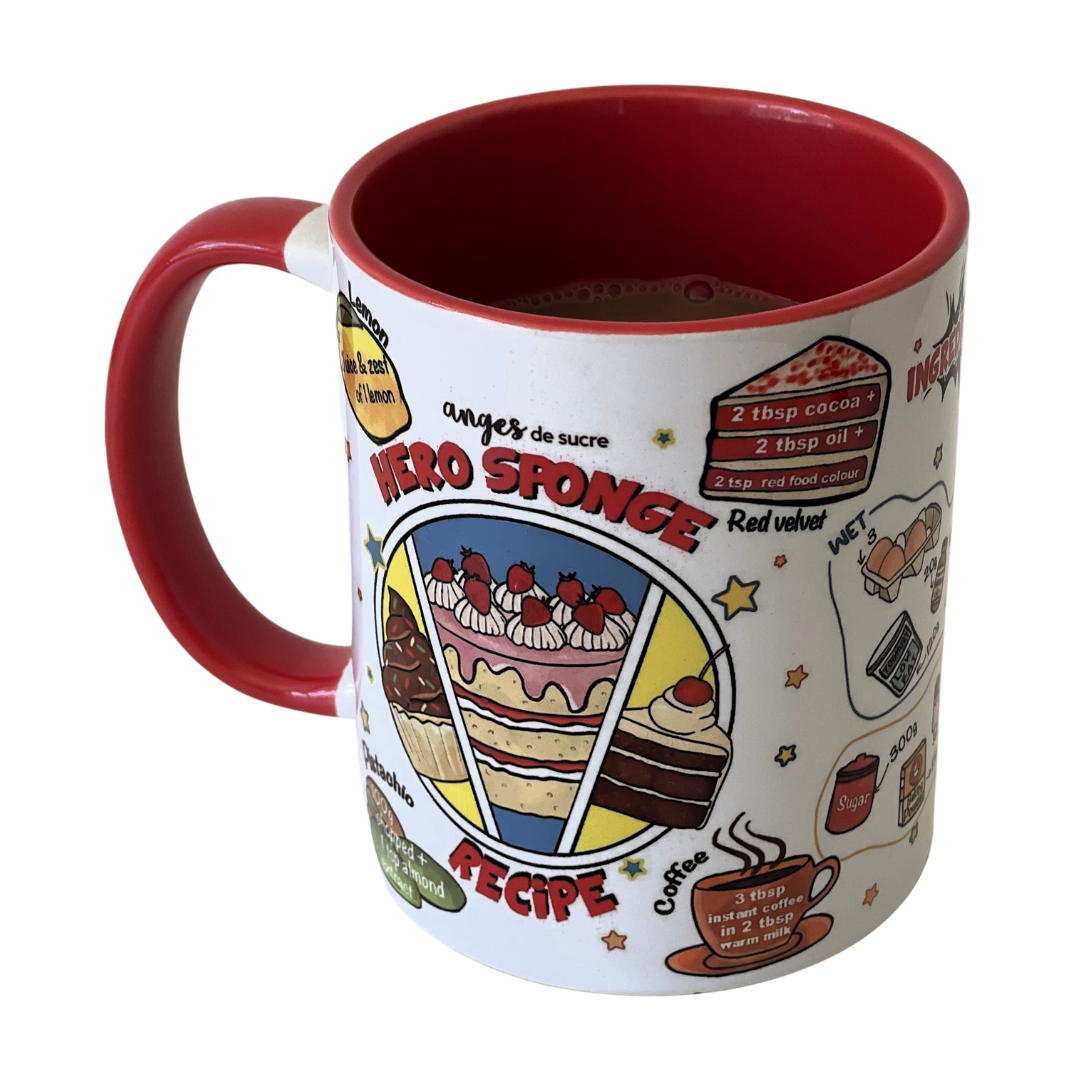
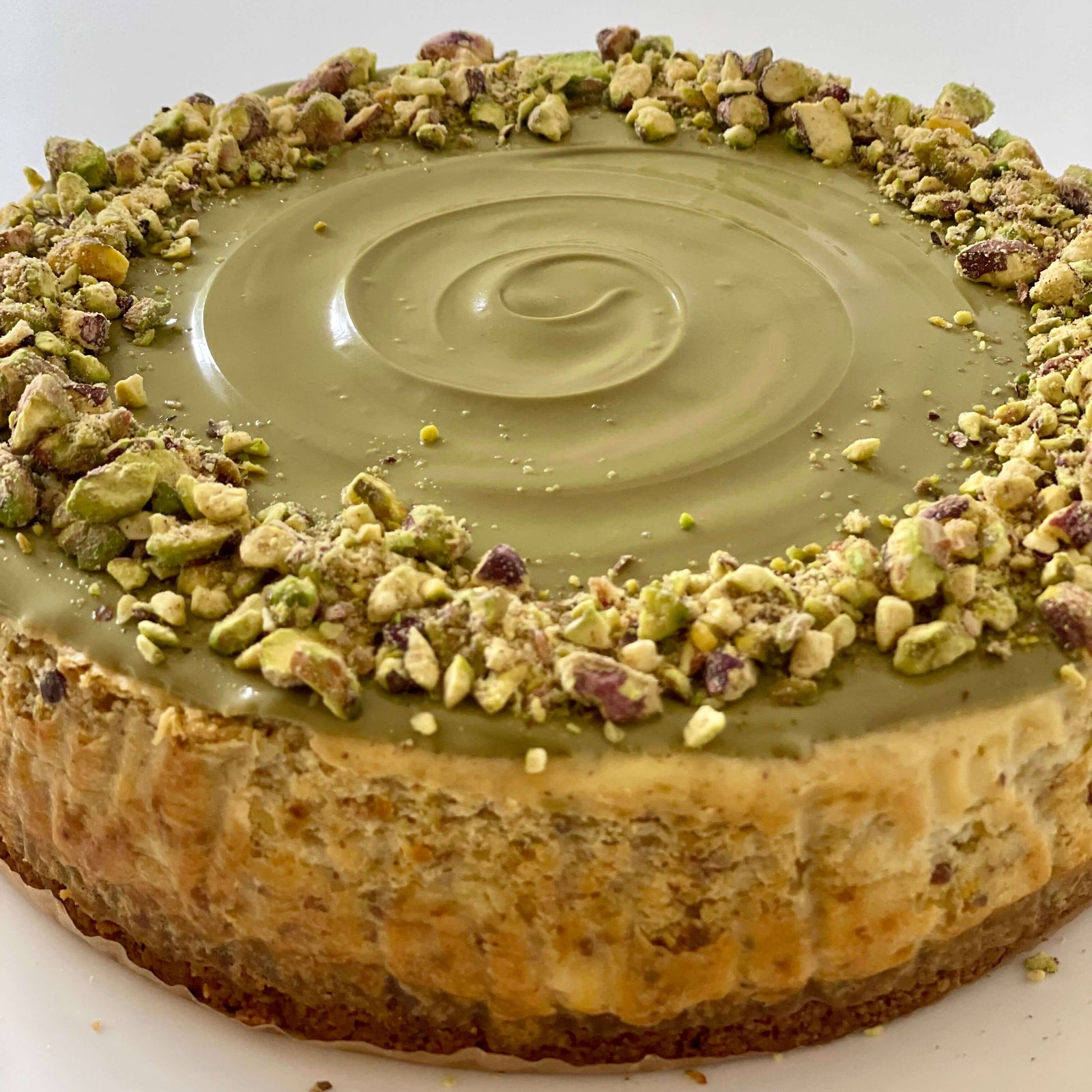
Lily Gardner
March 15, 2021
wow! A great way to enhance your cake quality. Thanks for sharing.